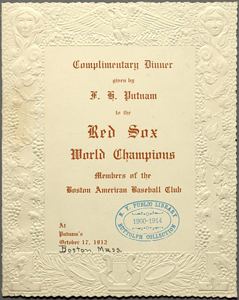It's been a hard few months for a couple of classic midtown institutions. First Bill's Gay Nineties closed. Now Primeburger is shutting its doors after 74 years in business.
Stepping into Primeburger is like stepping back in time: waiters wear white coats, the menu has half a grapefruit and individual tins of sardines on offer, and Prime's single-diner seating alone is probably enough to grant the restaurant landmark status.
I stopped in on Tuesday for a lunch of grilled swiss on rye with tomato. According to the gentleman I spoke with, Prime's last day in business is Saturday which means there is still just enough time to head to 51st Street to order a burger, orange sherbert, rice pudding, or cinnamon toast.
To keep the memories alive, Eater.com has compiled reminiscences from Primeburger servers, This Must Be the Place has a wonderful short film on Prime, and, last but not least, the menu collection at the New York Public Library now has a Primeburger bill of fare in its archive.

.JPG)
.JPG)
.JPG)










.jpg)































